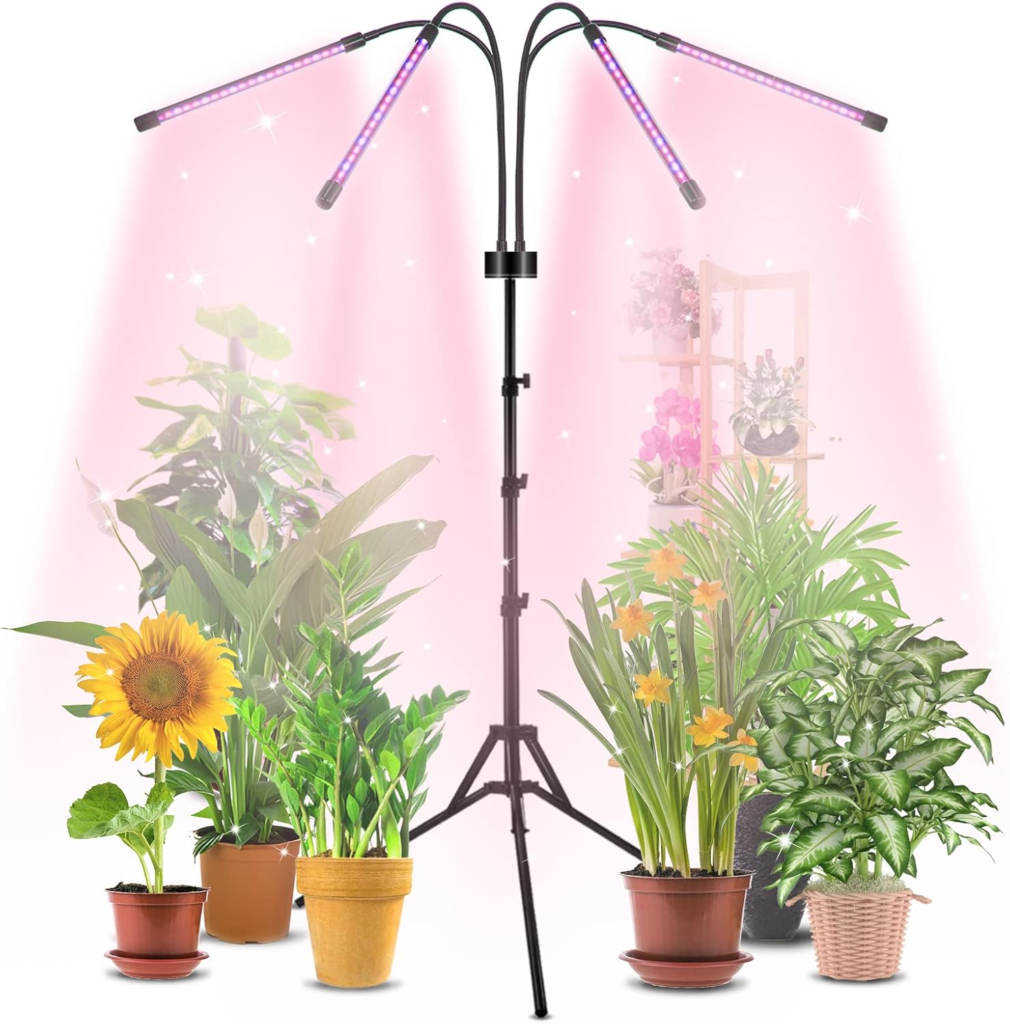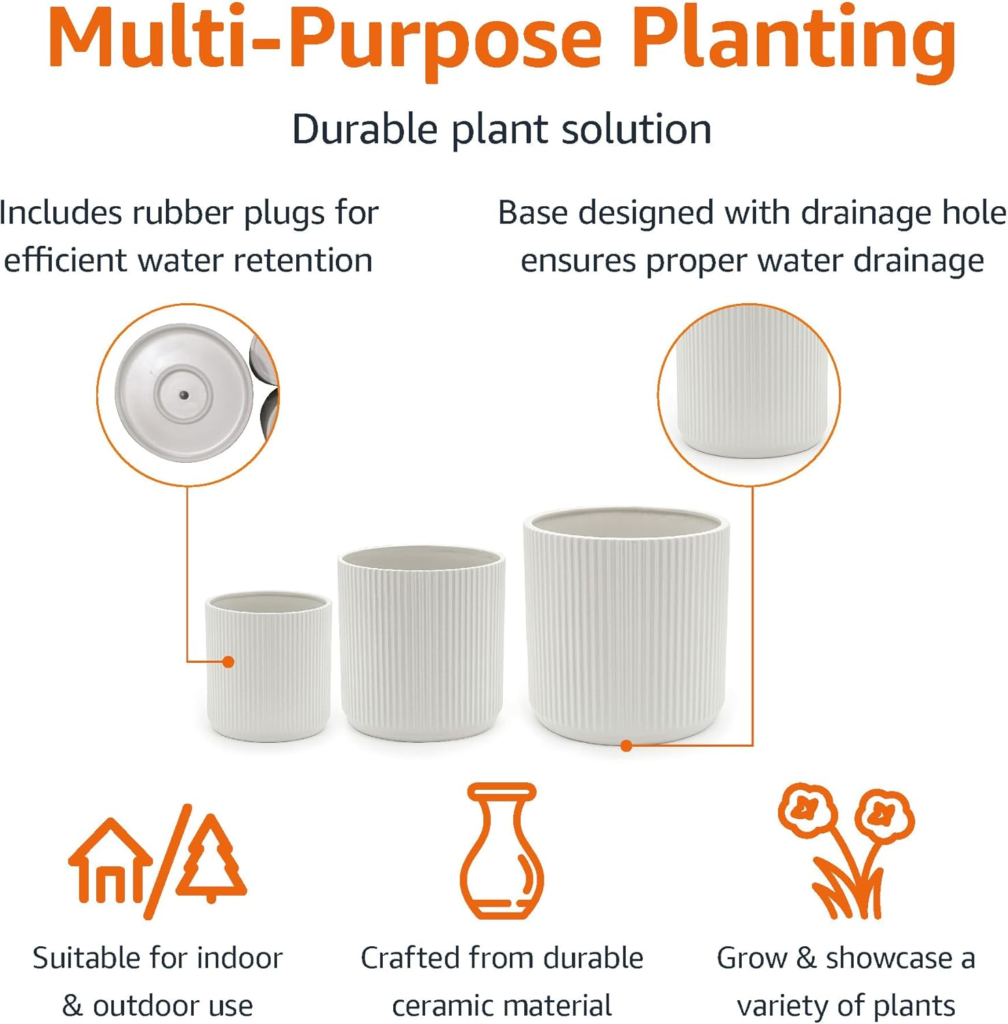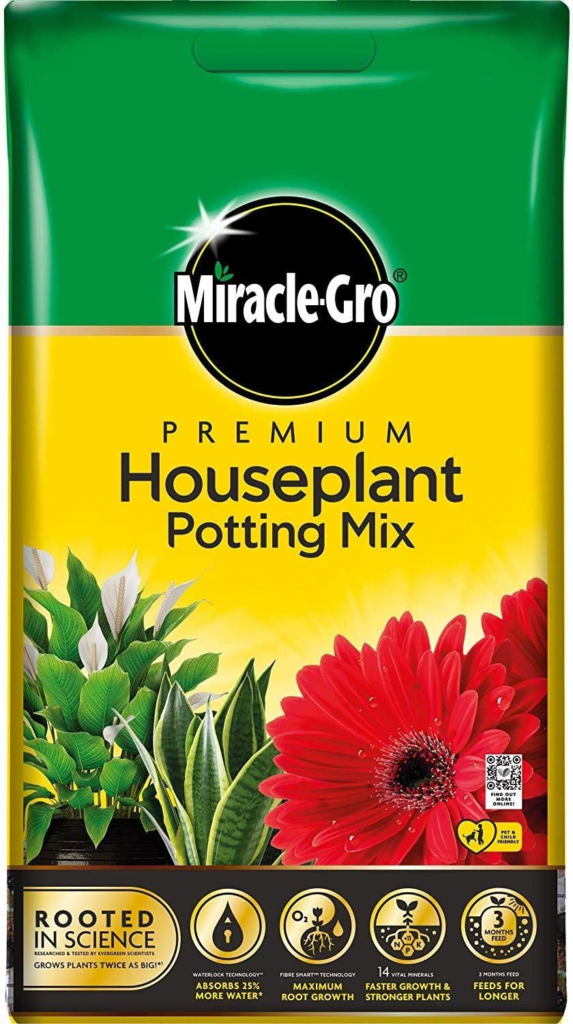Growing herbs indoors is a rewarding and practical way to enhance your cooking, add beauty to your home, and connect with nature. Whether you’re an experienced gardener or a beginner, cultivating herbs indoors is easier than you might think. With the right setup, care, and tools, you can enjoy fresh, aromatic herbs all year long. In this guide, you’ll learn everything you need to know about successfully growing herbs indoors. Let’s dive in!
Why Grow Herbs Indoors?
Imagine snipping fresh basil leaves for your pasta or a sprig of mint for your tea—right from your own countertop garden. Growing herbs indoors offers:
- Convenience: No need to dash to the store for a handful of parsley.
- Year-round gardening: Enjoy fresh herbs no matter the season.
- Cost savings: A one-time investment in plants and materials saves money in the long run.
- Aesthetics: Herbs add greenery and life to any indoor space.
Choosing the Right Herbs
Not all herbs thrive equally well indoors, so it’s essential to choose varieties suited to an indoor environment. Here are some beginner-friendly and popular options:
- Basil: Loves warmth and sunlight—perfect for sunny windowsills.
- Mint: Hardy and grows like a charm indoors.
- Parsley: A versatile herb that thrives in partial sunlight.
- Thyme: A low-maintenance option for busy gardeners.
- Chives: A flavourful herb with attractive, grass-like leaves.
- Rosemary: Adds a woody, fragrant touch to your indoor garden.
- Cilantro: Great for salsas, though it prefers cooler temperatures.
Setting Up Your Indoor Herb Garden
1. Choosing the Right Location
Herbs need light, warmth, and good airflow. Here’s how to pick the perfect spot:
- Sunlight: Most herbs require 6–8 hours of sunlight daily. A south-facing window is ideal.
- Artificial Light: If you lack natural light, invest in grow lights like the Trayvespace Grow Lights for Indoor Plants (available on Amazon), which mimics sunlight for healthy plant growth.

2. Selecting Containers
Herbs need containers with:
- Drainage holes: To prevent waterlogged roots.
- Sufficient space: Choose pots at least 6 inches deep for most herbs.
Stylish options like the Amazon Basics Round Assorted Sizes Fluted Ceramic House Planters, Set of 3 are functional and decorative, ideal for herbs on your kitchen counter or windowsill.

3. Picking the Right Soil
Use a high-quality, well-draining potting mix. Look for mixes specifically labelled for herbs or indoor plants, such as the Miracle-Gro Indoor Potting Mix, which includes nutrients to help herbs thrive.

Planting Your Herbs
You can start your herb garden from seeds, cuttings, or small plants. Here’s how:
1. Starting from Seeds
- Step 1: Fill your containers with potting mix, leaving about an inch of space at the top.
- Step 2: Sprinkle seeds on the soil surface and cover lightly with a thin layer of soil.
- Step 3: Water gently to moisten the soil.
- Step 4: Cover the pots with plastic wrap until the seeds germinate, which helps retain moisture.
2. Using Cuttings
Propagate herbs like mint and basil by placing cuttings in water until roots form. Once roots are visible, plant them in soil-filled containers.
3. Buying Young Plants
For an instant garden, purchase young herb plants from a nursery or online. Transplant them into your containers, ensuring the roots are covered and the soil is firm.
Caring for Your Indoor Herbs
1. Watering
Overwatering is a common mistake. Water your herbs when the top inch of soil feels dry. Use self-watering pots like the Lechuza Self Watering Planter to maintain consistent moisture levels.

2. Feeding
Herbs need nutrients to grow lush and flavourful. Use a liquid fertilizer like the Espoma Organic Indoor Plant Food, applying it every 2–4 weeks.
3. Pruning
Regular pruning encourages growth and prevents herbs from becoming leggy. Use a pair of sharp scissors or herb shears, such as the Oxo Good Grips Herb Scissors, to trim leaves.
4. Pest Control
Indoor plants can occasionally attract pests like aphids or spider mites. Combat them with a gentle insecticidal soap spray, such as Bonide Ready-to-Use Insecticidal Soap.
Lighting Tips for Indoor Herbs
Even with natural light, some herbs may need supplemental lighting, especially during shorter winter days. Consider investing in a grow light system like the AeroGarden Harvest Indoor Hydroponic Garden, which provides consistent light and doubles as a stylish kitchen feature.
Common Problems and Solutions
Problem 1: Yellowing Leaves
- Cause: Overwatering or nutrient deficiency.
- Solution: Adjust your watering schedule and add a liquid fertilizer.
Problem 2: Slow Growth
- Cause: Insufficient light.
- Solution: Move your plants to a sunnier spot or use a grow light.
Problem 3: Wilting
- Cause: Underwatering or poor drainage.
- Solution: Check soil moisture and ensure pots have proper drainage.
Creative Ways to Display Your Indoor Herbs
1. Vertical Herb Garden
Use a vertical wall planter like the Mkono Hanging Wall Planter, perfect for small spaces.
2. Windowsill Herb Shelf
Install a tiered shelf to maximize sunlight exposure for multiple plants.
3. Kitchen Counter Herb Tray
Organize herbs on a decorative tray, such as the Rustic Wood Serving Tray, to keep them handy for cooking.
Harvesting and Using Your Herbs
Harvesting correctly ensures that your plants continue to produce. Here’s how:
- Pick frequently: Regular harvesting stimulates growth.
- Use the top leaves: Trim from the top to encourage bushy growth.
- Don’t over-harvest: Avoid removing more than one-third of the plant at a time.
Fresh herbs can be used immediately in recipes, dried for later use, or even frozen in ice cube trays with olive oil for convenient flavour boosts.
Maintaining Your Indoor Herb Garden
A thriving herb garden requires occasional maintenance:
- Repot when necessary: If roots outgrow their container, transfer your herbs to a larger pot.
- Rotate plants: Turn pots weekly to ensure even sunlight exposure.
- Keep an eye on temperature: Herbs prefer temperatures between 65–75°F.
Enhancing Your Indoor Herb Garden
Want to take your herb garden to the next level? Consider these ideas:
- Add a hydroponic system: Advanced gardeners can try systems like the iDOO Hydroponics Growing System, which uses water and nutrients instead of soil.
- Grow companion plants: Add flowers like marigolds to repel pests and enhance your garden’s beauty.
Why You’ll Love Growing Herbs Indoors
Growing herbs indoors is not just about convenience—it’s a lifestyle upgrade. The vibrant greenery, the scent of fresh basil, and the satisfaction of nurturing life in your home create a unique sense of joy. With tools and products readily available on Amazon, setting up your indoor herb garden is easier than ever.
Start your indoor herb garden today, and bring the magic of fresh herbs into your home. Whether it’s your first basil plant or an entire kitchen of thriving greens, you’ll wonder how you ever cooked without them.
Find more on Everything Garden in the links below: